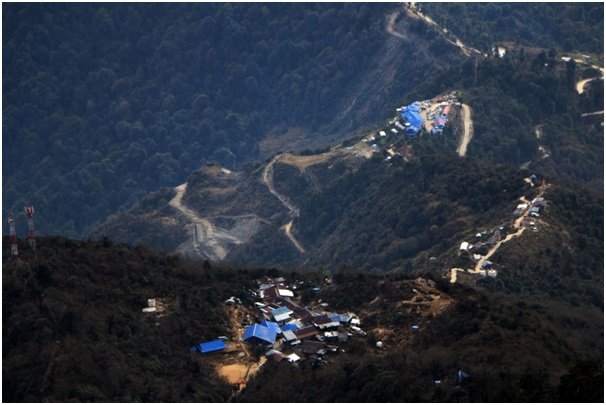Rising Temperatures and Heatwaves: Impeding Productivity in Nepal's Terai Region

Nepal's Terai region, known for its fertile plains and agricultural productivity, is facing an alarming challenge due to rising temperatures and frequent heat waves. The adverse effects of global warming on this region are not limited to agricultural output alone; they extend to individual and industrial productivity as well. This article delves into the detrimental impact of hot climate challenges on productivity, drawing attention to the connection between global warming, lifestyle changes, and reduced efficiency in Nepal's Terai region.
Increased Temperatures and Heatwaves:
Over the past few decades, Nepal has witnessed a significant rise in average temperatures, with the Terai region being particularly affected. Heatwaves have become more frequent, and the duration and intensity of hot spells have intensified. These climatic changes pose numerous challenges for the people residing in this region.
Agricultural Sector and Individual Productivity:
- Reduced Crop Yields: High temperatures adversely affect crop yields, leading to decreased agricultural productivity. Crops like rice, maize, wheat, and sugarcane are highly sensitive to extreme heat, resulting in lower production and economic losses for farmers.
- Health Impacts: Prolonged exposure to excessive heat can lead to heat-related illnesses, such as heatstroke and dehydration. These health issues not only impact farmers' well-being but also decrease their ability to work efficiently, thereby hindering individual productivity.
- Changes in Lifestyle: Heatwaves and scorching temperatures alter daily routines and lifestyles. People often need to limit outdoor activities, leading to disrupted work schedules and reduced productivity. Moreover, the need for increased indoor cooling puts a strain on electricity resources and further impacts productivity due to frequent power outages.
Industrial Sector Challenges:
- Energy Demands: Rising temperatures increase the demand for electricity and cooling systems in industries. The strain on energy resources becomes a bottleneck for productivity, as power shortages and disruptions can hinder manufacturing processes and overall output.
- Infrastructure Maintenance: Hotter climates require additional maintenance and cooling measures for industrial machinery and equipment. The financial burden of these adaptations affects the overall efficiency and competitiveness of industries in the Terai region.
- Global Warming and Climate Change: The connection between rising temperatures and climate change caused by global warming is evident. The emission of greenhouse gases from human activities, such as burning fossil fuels and deforestation, exacerbates the greenhouse effect, leading to higher temperatures worldwide. The Terai region's challenges are not isolated but part of a larger global problem that demands urgent attention and action.
Adapting to Hot Climate Challenges:
- Sustainable Agriculture: Implementing climate-smart agricultural practices, such as crop diversification, efficient irrigation techniques, and the adoption of heat-tolerant crop varieties, can help mitigate the effects of rising temperatures on agricultural productivity.
- Energy Conservation: Promoting energy-efficient practices in industries, such as using renewable energy sources and adopting sustainable manufacturing processes, can reduce the strain on resources and improve overall productivity.
- Public Awareness and Policy Measures: Raising awareness about the impacts of hot climate challenges and implementing policies that support climate adaptation and mitigation efforts are crucial steps in addressing the productivity challenges faced by the Terai region.
The rising temperatures and heat waves in Nepal's Terai region have severe implications for productivity, both at the individual and industrial levels. The interconnectedness of global warming, lifestyle changes, and reduced efficiency cannot be overlooked. Urgent actions and sustainable solutions are necessary to mitigate these challenges, safeguard livelihoods, and promote a resilient and productive future for the people of Nepal's Terai region.






Leave Comment